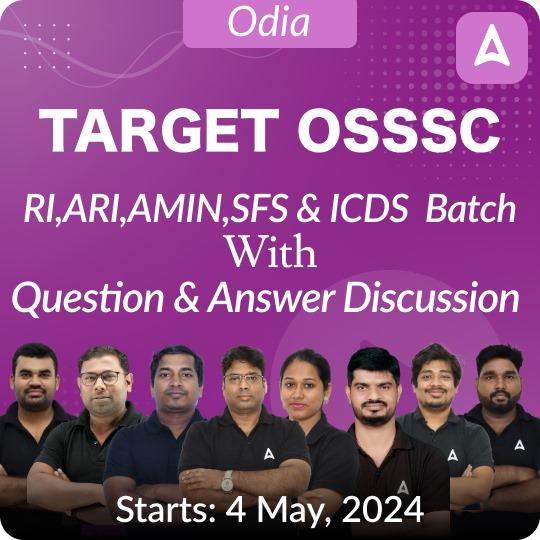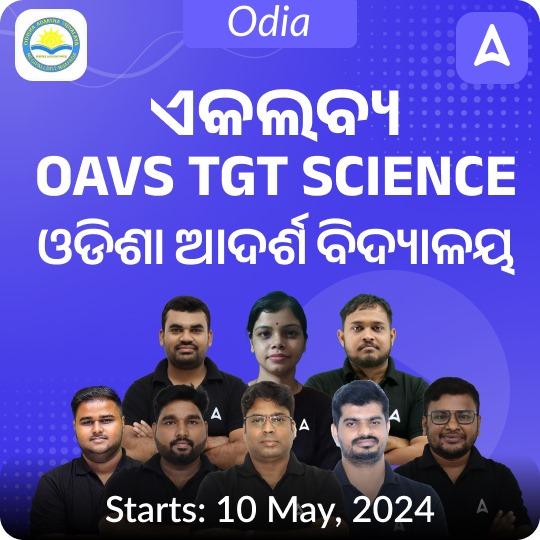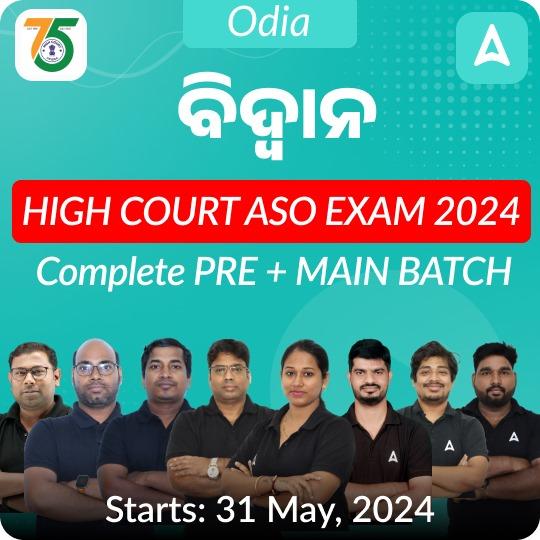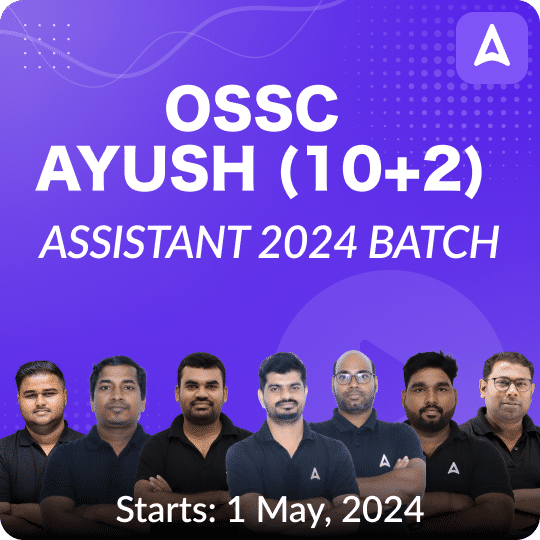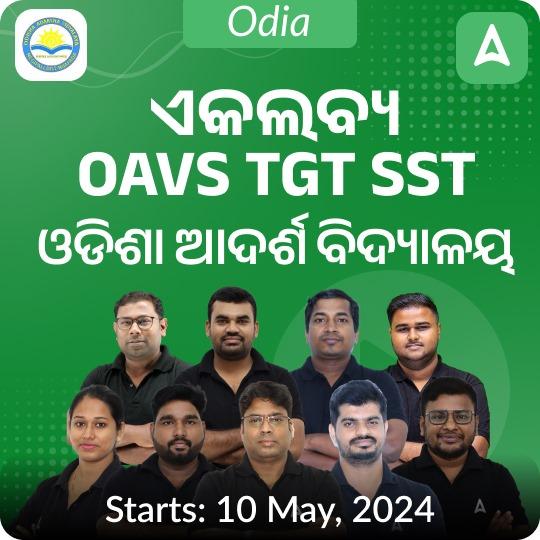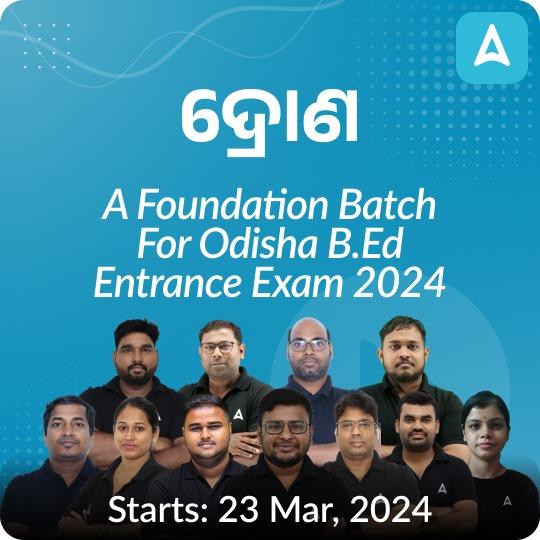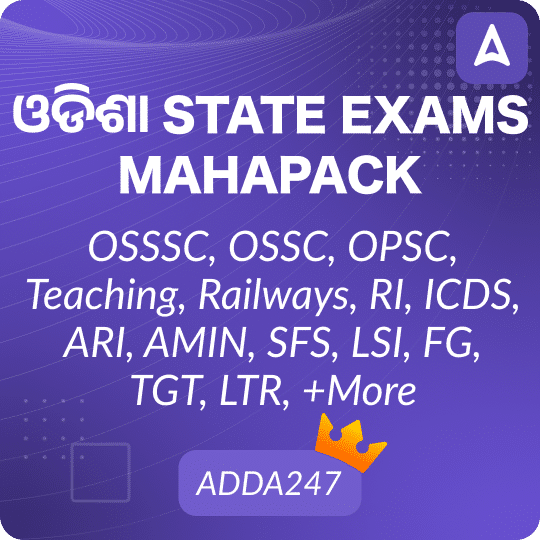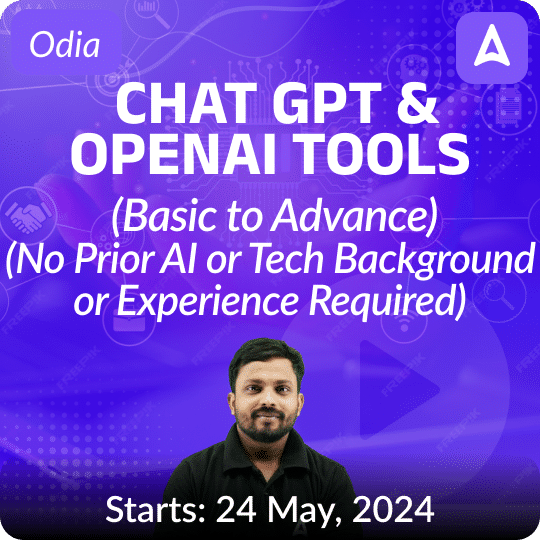As you are aware, in all competitive exams, the “Daily Current Affairs Section” holds significant importance in determining the cutoff scores. Therefore, if you excel in this section, you will have a better chance of achieving higher marks in these exams and securing a spot on the merit list.
Addapedia Odisha – Daily Current Affairs -18 November 2024
18 November 2024
National and International News
| Mpox (monkeypox) |
Why in news?
- Researchers from the University of California, San Diego School of Medicine, and Boston University have developed an optical biosensor.
- This biosensor can rapidly detect monkeypox, the virus responsible for mpox.
Key Points:
- It is a viral zoonotic disease caused by the monkeypox virus.
- The first human case of mpox was recorded in 1970 in the Democratic Republic of the Congo (DRC).
- There are two known types (clades) of mpox virus — one that originated in Central Africa (Clade I) and one that originated in West Africa (Clade II).
- Symptoms: Common symptoms of mpox are a skin rash or mucosal lesions, which can last 2–4 weeks accompanied by fever, headache, muscle aches, back pain, low energy, and swollen lymph nodes.
- Transmission: Human-to-human transmission of mpox occurs through direct contact with body fluids, lesions, prolonged face-to-face contact, including sexual contact, and indirect contact with contaminated clothing or bedding.
- Treatment: There are no specific treatments for monkeypox virus infection. Early and supportive care is important to help manage symptoms and avoid further problems.
|
| National Crime Records Bureau (NCRB) |
Why in news?
- According to the National Crime Records Bureau (NCRB), as of December 31, 2022, there were 573,220 inmates in jails across India, exceeding the total capacity of 436,266, resulting in an occupancy rate of 131%.
Key Points:
- It was established in 1986 to act as a repository of information on crime and criminals.
- It comes under the Ministry of Home Affairs (MHA), Government of India.
- It was set up based on the recommendations of the Tandon Committee, the National Police Commission (1977-1981) and the Task Force of the Home Ministry.
- It is responsible for collecting and analyzing crime data as well as serving as a repository of such information to aid investigators in tracing crimes and criminals.
- Headquarters: New Delhi
- The Central Finger Print Bureau under the NCRB is a national repository of all fingerprints in the country.
- NCRB also compiles and publishes National Crime Statistics i.e. Crime in India, Accidental Deaths & Suicides, and also Prison Statistics.
- NCRB also assists various States in capacity building in the areas of Information Technology, CCTNS, Finger Prints, Network security, and Digital Forensics through its training centers in Delhi and Kolkata.
|
| Ayushman Bharat PM-JAY |
Why in news?
- Over 1 million senior citizens aged 70 and above have registered for the newly introduced Ayushman Vay Vandana scheme, granting them access to free healthcare benefits under the Ayushman Bharat Pradhan Mantri Jan Arogya Yojana (AB-PMJAY).
Key Points:
- About: It is the largest health assurance scheme in the world.
- Ministry: Centrally Sponsored Scheme under Ministry of Health & Family Welfare.
- Benefit: Provides cashless hospital cover of Rs. 5 lakhs/ family/ year for secondary and tertiary care across public and private empanelled hospitals.
- Covers up to 3 days of pre-hospitalization and 15 days post-hospitalization expenses such as diagnostics and medicine.
- Target: 12 crore families (approximately 55 crore beneficiaries).
- Coverage: Over 35.4 crore Ayushman cards have been issued, and the scheme is operational in 33 States and Union Territories.
- Gender Equity: 49% of the Ayushman cards have been issued to women.
- Wide network: It has been successfully empanelled 30,529 hospitals across the country, with 17,063 public and 13,466 private hospitals.
|
| Graded Response Action Plan (GRAP) |
Why in news?
- The Centre’s air pollution control panel for Delhi-NCR recently directed state governments in the region to implement the first stage of the Graded Response Action Plan (GRAP).
Key Points:
-
- GRAP is a framework designed to combat air pollution in the Delhi-NCR region.
- It was introduced as an emergency response mechanism, and its implementation is triggered when the Air Quality Index (AQI) reaches “poor” levels.
- GRAP is particularly important during the winter months when air quality tends to plummet.
- The Commission for Air Quality Management (CAQM) in NCR and adjoining areas oversees the implementation of GRAP.
- It collaborates with the Ministry of Environment, Forest and Climate Change (MoEFCC).
- The CAQM has constituted a sub-committee for the operationalization of the GRAP.
- Different stages of GRAP: GRAP consists of four stages, each with targeted actions to be taken by the necessary authorities and agencies. These are the following:
-
- Stage I: “Poor” air quality (Delhi AQI: 201-300)
- Stage II: “Very Poor” air quality (Delhi AQI: 301-400)
- Stage III: “Severe” air quality (Delhi AQI: 401-450)
- Stage IV: “Severe+” air quality (Delhi AQI > 450)
What is the Air Quality Index (AQI)?
- AQI is issued by government agencies to gauge air pollution levels and communicate risks to the public.
- It indicates how air pollution can affect health, with higher AQI values indicating more severe health concerns.
- According to the AQI scale, the air quality check between 0 and 50 is “Good”, 51 and 100 “Satisfactory”, 101 and 200 “Moderate”, 201 and 300 “Poor”, 301 and 400 “Very Poor”, 401 and 450 “Severe” and over 450 as “Severe +”.
|
| Hypersonic missile |
Why in news?
- India successfully conducts a ‘historic’ test of a hypersonic missile with a range of 1,500 km.
Key Points:
- A hypersonic missile is a weapon system which flies at least at the speed of Mach 5 i.e. five times the speed of sound and is maneuverable.
- The maneuverability of the hypersonic missile is what sets it apart from a ballistic missile as the latter follows a set course or a ballistic trajectory.
- Thus, unlike ballistic missiles, hypersonic missiles do not follow a ballistic trajectory and can be maneuvered to the intended target.
- The two types of hypersonic weapons systems are Hypersonic Glide Vehicles (HGV) and Hypersonic Cruise Missiles.
- While the US, Russia and China are in advanced stages of hypersonic missile programmes, India, France, Germany, Japan and Australia too are developing hypersonic weapons.
|
Odisha Specific News
| Odisha Villages Recognised As ‘Tsunami-Ready’ By IOC-UNESCO |
Context:
- 24 coastal villages in Odisha have been recognized as “Tsunami Ready” by the Intergovernmental Oceanographic Commission (IOC) of UNESCO.
- This recognition is a significant achievement for Odisha, as it signifies the state’s efforts to improve disaster preparedness and community resilience in tsunami-prone areas.
- The recognized villages are located across six coastal districts: Balasore, Bhadrak, Kendrapara, Jagatsinghpur, Puri, and Ganjam.
- This recognition was granted during the 2nd Global Tsunami Symposium in Indonesia recently.
About:
- Tsunami-Ready is an initiative by the Intergovernmental Oceanographic Commission (IOC) of UNESCO.
- It aims to build resilient coastal communities by promoting awareness and preparedness strategies to protect lives, livelihoods, and property from tsunamis.
- This initiative encourages communities to establish effective tsunami warning systems, develop evacuation plans, and conduct regular drills.
- By achieving the “Tsunami-Ready” designation, communities demonstrate their commitment to reducing tsunami risks and enhancing their ability to respond to such events.
|
| Odisha govt to launch new leprosy drive soon |
Context:
- In a significant step towards eradicating leprosy, the Odisha government is set to launch a new leprosy detection drive starting from November 18th, 2024.
- This initiative aims to identify and treat new cases of leprosy in high-endemic areas across the state.
- The move is being made as leprosy continues to be endemic in more than half of the districts in Odisha, despite being eliminated nationally with less than one case per 10,000 population.
- The drive will be conducted by health workers and ASHA workers through house-to-house visits in 176 identified blocks of 26 districts.
Key Points:
- The prevalence rate of leprosy in the state was 121.4 per 10,000 population during 1982-83 and came down to 0.65 during 2006-07 due to successful implementation of National Leprosy Eradication Programme (NLEP).
- The prevalence rate, though, has slowly gone up in the following years to reach 1.24 in 2017-18. At present, at least 21 districts have prevalence rates of more than 1.
Note: Only Balasore and Rayagada districts have achieved leprosy-free status. |
| Leprosy |
Context:
- Leprosy, also known as Hansen’s disease, is a chronic infectious disease caused by the bacteria Mycobacterium leprae.
- It primarily affects the skin, nerves, eyes, and respiratory tract.
Key points about leprosy:
- Transmission: Spread through prolonged close contact with an untreated individual, usually through respiratory droplets.
- Symptoms: Skin lesions, nerve damage (leading to numbness and weakness), eye damage, and respiratory problems.
- Diagnosis: Skin biopsy, nerve function tests, and slit-skin smear.
- Treatment: Multidrug therapy (MDT) is highly effective and can cure the disease.
- Prevention: Early diagnosis and treatment, avoiding close contact with untreated individuals, and promoting hygiene.
- Stigma: Despite being curable, leprosy still carries a significant social stigma in many parts of the world.
|
| National Green Tribunal |
Context:
- The National Green Tribunal (NGT) has issued a notice to the Ministry of Environment, Forest and Climate Change (MoEFCC) seeking an explanation regarding the grant of environmental clearance (EC) to an iron ore pellet plant in Odisha’s Sundargarh district.
- The NGT has asked the MoEFCC to respond by December 18, 2024.
About:
- The EC was granted to M/s KAI International Private Limited on May 13, 2024, for the establishment of an iron ore beneficiation plant, an iron ore pelletization plant, and a producer gas plant in the Kapand area of Sundargarh district.
- The project has been met with opposition from local residents, who have raised concerns about its potential impact on the environment and the local community.
Refer to Addapedia notes for detailed info on NGT |
| Odisha to Contribute to PM Modi’s 500 GW Renewable Energy Goal |
Context:
- Pralhad Joshi recently said that Odisha will generate electricity and contribute to achieving the ambitious target of Prime Minister Narendra Modi’s 500 GW of renewable energy.
Key Points:
- As India’s electricity demand will double By 2032, the aim is to overcome the bottlenecks in electricity.
- As of today, India has already achieved the target of 212 GW of non-fossil fuel energy.
- To enhance this, the Centre has allocated Rs. 22 lakh crore and is planning to produce more electricity by utilizing renewable energy, non-fossil fuels, and solar power.
|
| Copyright © by Adda247
All rights are reserved. No part of this document may be reproduced, stored in a retrieval system or transmitted in any form or by any means, electronic, mechanical, photocopying, recording or otherwise, without prior permission of Adda247. |



